The perilous 1,000-mile journey to save Africa’s endangered black rhinos
28 October 2022

According to the United Nations Population Division, the African continent grew by 30 million people this year. To house them, a city one and a half times the size of New York, with all its infrastructure and resources, is needed. By 2050, annual population increases will exceed 42 million people per year – a staggering 80 additional people per minute.
Limited alternatives force people to live off the land, often taking much more than can be naturally restored. The strain this places on natural resources, especially in a continent where poverty is rife, is threatening the survival of all who share the natural environment.
We believe that life as we know it will not survive the consequences of the unsustainable and irresponsible use of natural resources and it is this certainty that drives the Peace Parks Foundation team. Every decision, every action and every intervention is strategically taken with the end goal in mind: creating a harmonious future in which humans co-exist with nature. If we do not do this, our planet, and especially our beloved Africa, will not stand.
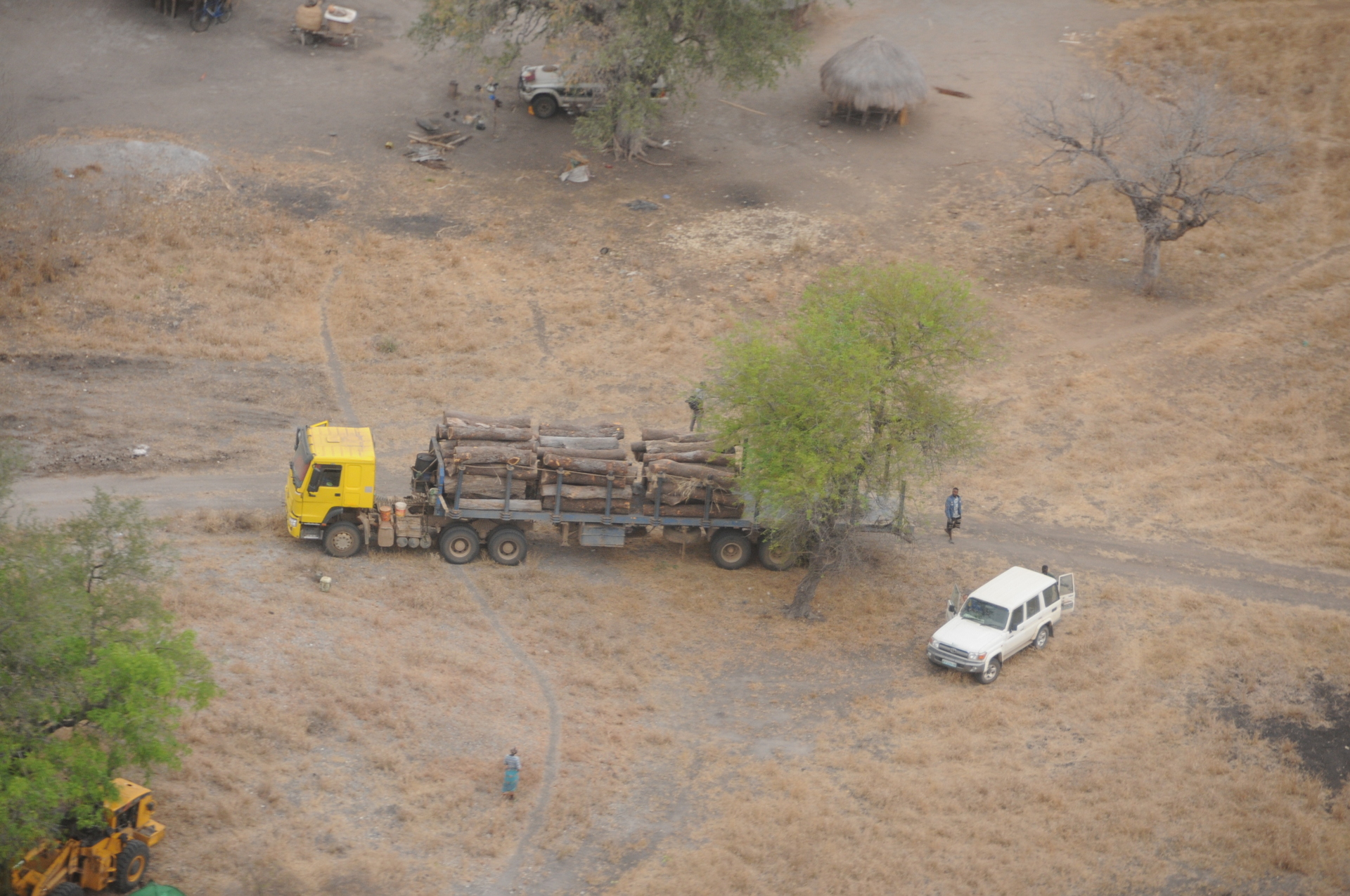
Over the decades, we have worked in close partnership with governments in southern Africa to foster trust and collaboration. In turn, the governments have looked to us for support in different areas, most notably the co-management and co-funding of conservation areas, some in the early stages of development and others on the brink of welcoming tourists to well-functioning and protected wildernesses.
Maputo Special Reserve and Zinave National Park in Mozambique are flourishing. They are well-capacitated with trained staff and proper infrastructure, secured by equipped rangers, and, thanks to a massive and successful rewilding project, stocked with founder populations of wildlife that are growing year on year. This year, our teams translocated 12 different species totalling 1 047 animals to these two protected areas. Of note was the reintroduction of 20 eland and 46 oribi to Maputo Special Reserve and 48 sable to Zinave National Park.
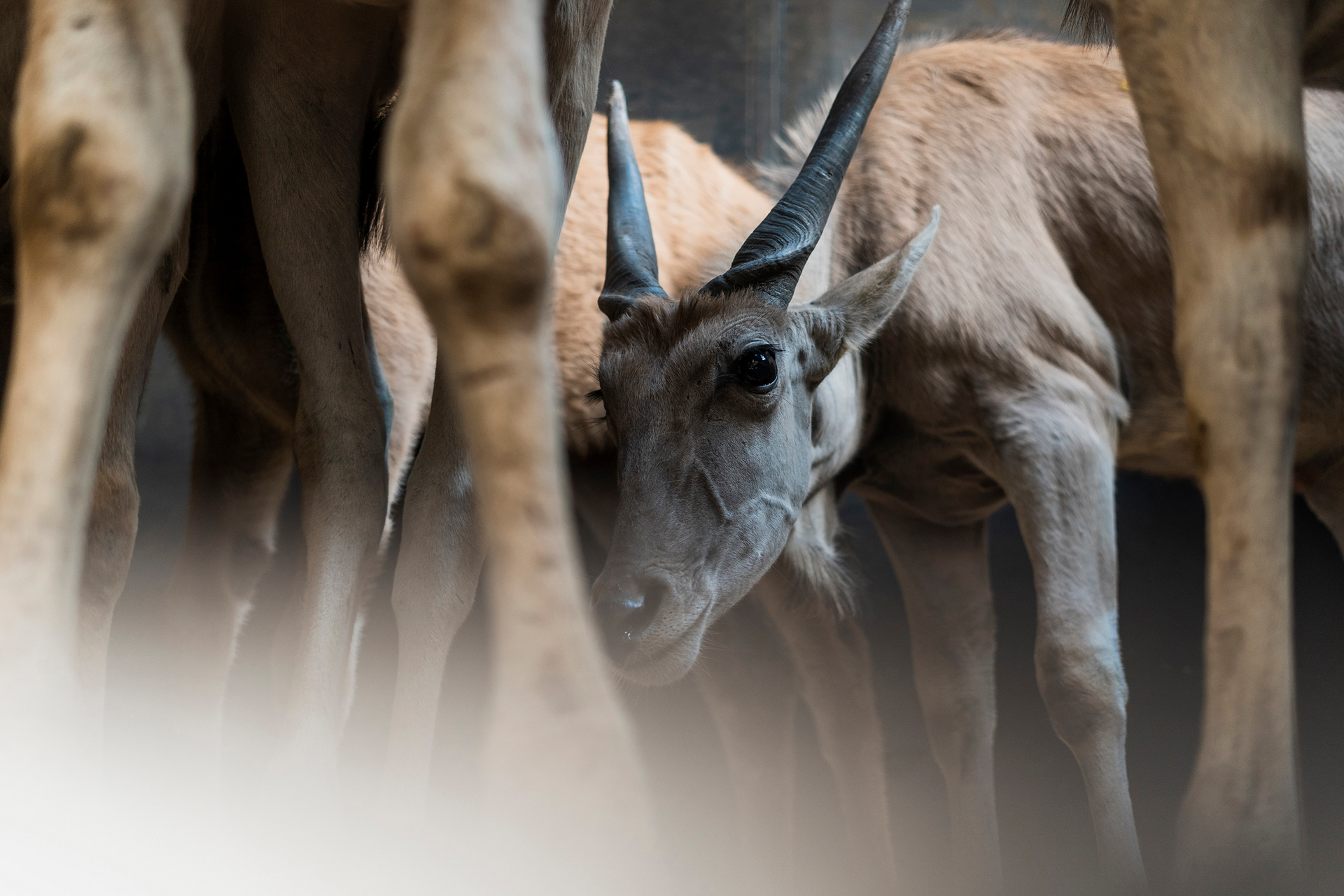
These three species had been locally extinct for decades and by returning them they will once again play their part in restoring biodiversity to areas that are integral components of the Lubombo and Great Limpopo transfrontier conservation areas. Overall, we have noted a significant increase in animal populations in all the conservation areas in which we work. In Limpopo National Park, for example, the buffalo population is thriving. A significant population increase and range expansion were seen in recent years and the aerial census estimated a population of around 6 000 buffalo, up from just over 1 300 in 2016. This is indicative of a healthy and widely protected ecosystem.
Wildlife crime remains a challenge Peace Parks Foundation cannot but stand against. In this, we have partnered with training institutions and anti-poaching experts who are dedicated to securing conservation areas. During 2019, 52 rangers spent a monthly average of 1 423 hours on patrol in Zinave National Park. These men and women removed rifles, gin traps and thousands of snares from the system saving countless animal lives. Similarly, in Maputo Special Reserve, efforts were boosted with the employment of 35 additional rangers, nearly doubling the anti-poaching capacity of the reserve. Further to this, the deployment of helicopters in both Maputo Special Reserve and Limpopo National Park has had a direct impact on the reduction of wildlife crime.
Kruger National Park, which borders Limpopo National Park, has greatly benefitted from increased protection efforts noting a definite decline in incursions from their eastern border. From 321 poacher tracks detected between July and December 2017, only 33 were seen between July to November 2019.
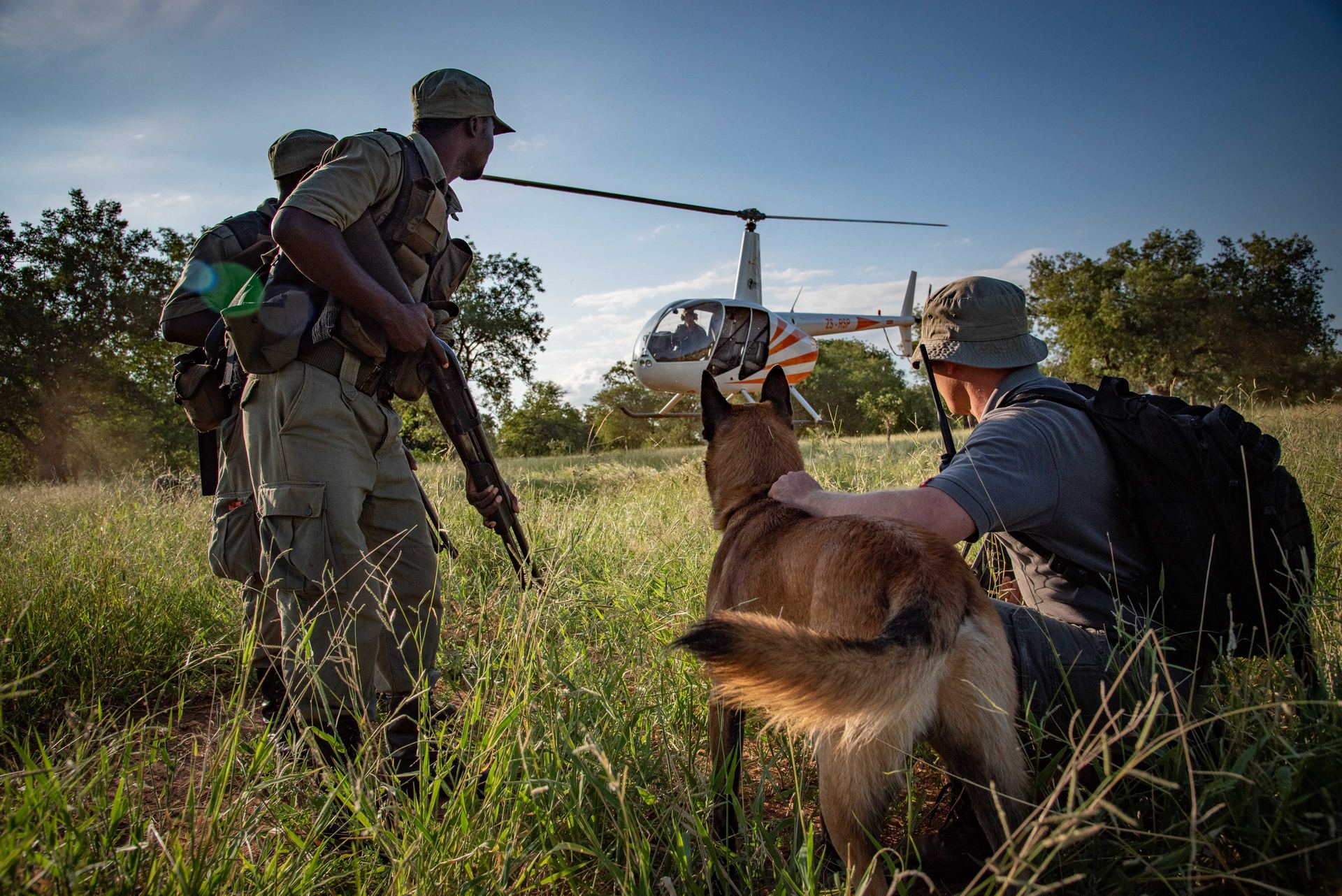
Further north, in Malawi’s Nyika National Park, ranger deployments, arrests and weapon confiscations have increased by more than 60% over the past two years. Peace Parks recently donated a Savannah aircraft as well as resources to train a local pilot to further develop anti-poaching efforts here. As seen in other areas, having an in-house aerial capability is critical to securing protected areas, especially in vast landscapes. Peace Parks Foundation is looking forward to signing a long-term partnership agreement with the Malawi Government to co-manage Nyika and Vwaza Marsh Wildlife Reserve early in 2020.
Our teams working in the largest terrestrial transfrontier conservation area on the planet, Kavango Zambezi, have also made great progress in 2019. Zambia’s Simalaha Community Conservancy entered the wildlife economy arena with the sale of 200 live buffalo to the Mushingashi Conservancy, which is part of the Greater Kafue Ecosystem. This is a critical step in its journey to empower communities as custodians of the landscape and improve their social, economic and environmental circumstances.
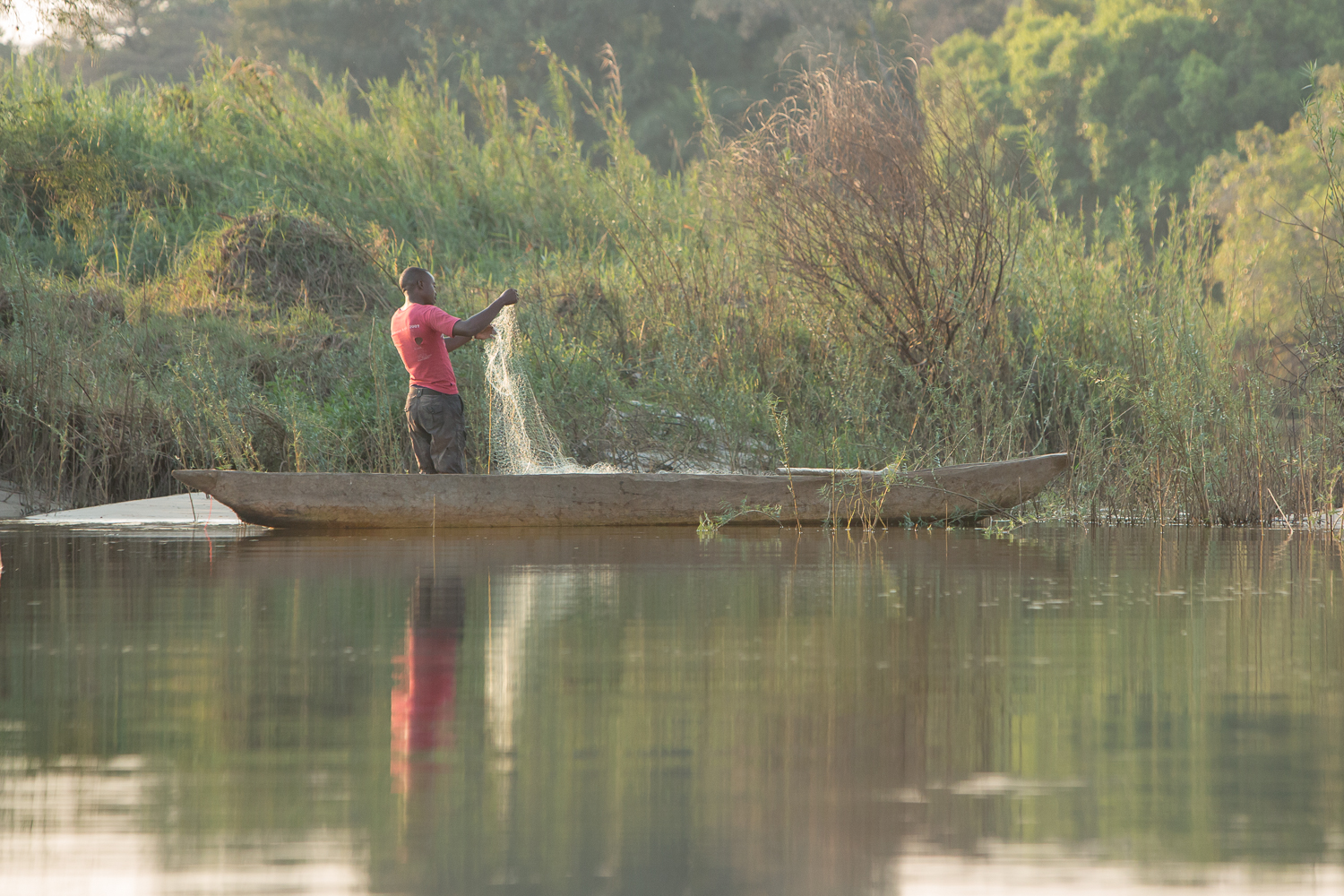
Our holistic approach to the development of large, boundless, functioning ecosystems has been successful thanks to our partnerships, donors and supporters, and we believe that next year will be no different. In 2020, the next phase of support from KfW into Kavango Zambezi will kick off, focusing on developing three key wildlife dispersal areas for the largest elephant population in the world. We will also further rewild to boost wildlife numbers and promote biodiversity, especially with the introduction of predators who, in many areas, are the last missing keystone species.
We look forward to opening tourism establishments, especially in Maputo Special Reserve that is, together with its neighbour Ponta do Ouro Partial Marine Reserve, fast becoming known as one of the world’s most pristine wilderness areas with healthy wildlife populations – all thanks to the dedication of conservationists working in the areas.
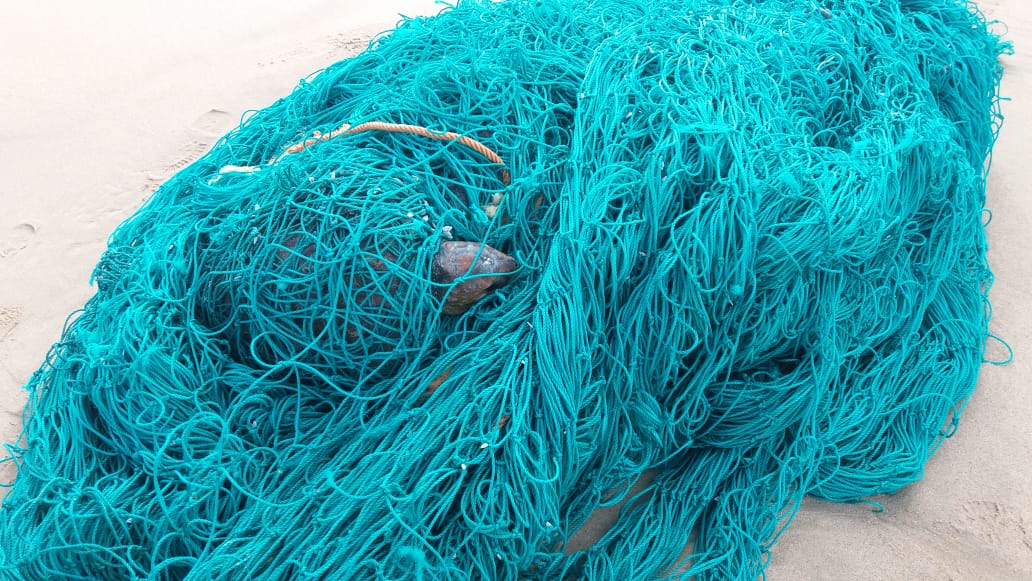
Nature has a way of restoring itself. We’ve seen this happen in Zinave and Limpopo national parks, as well as Maputo Special Reserve. Given a nudge, it bounces back, healing itself at a rate higher than often expected. A few years ago, Zinave was a silent forest, yet the merest of interventions have it again pulsing with life.
We draw inspiration and motivation from this, and we invite you to take a closer look and perhaps investigate what part you can play in restoring tomorrow.

All of us at Peace Parks Foundation wish you and your family a wonderful festive season. May you find time to rest and tackle 2020 with renewed energy.
Privacy Policy Terms of Use Cookie Policy Reg no: 1997/004896/08 NPO: 005-294 PBO: 130003729
DONATE